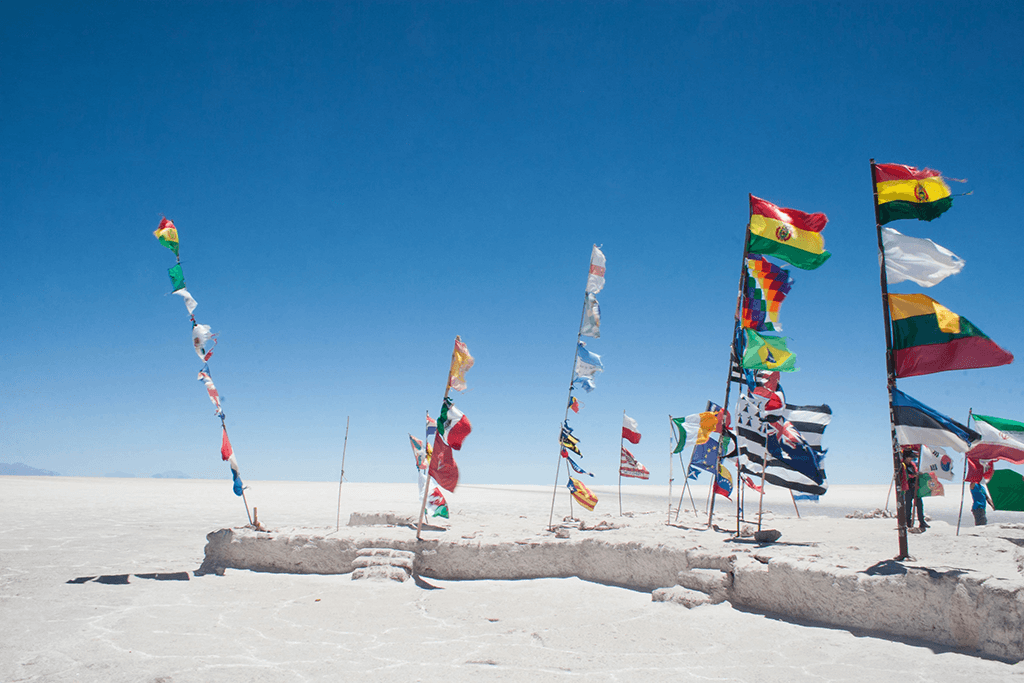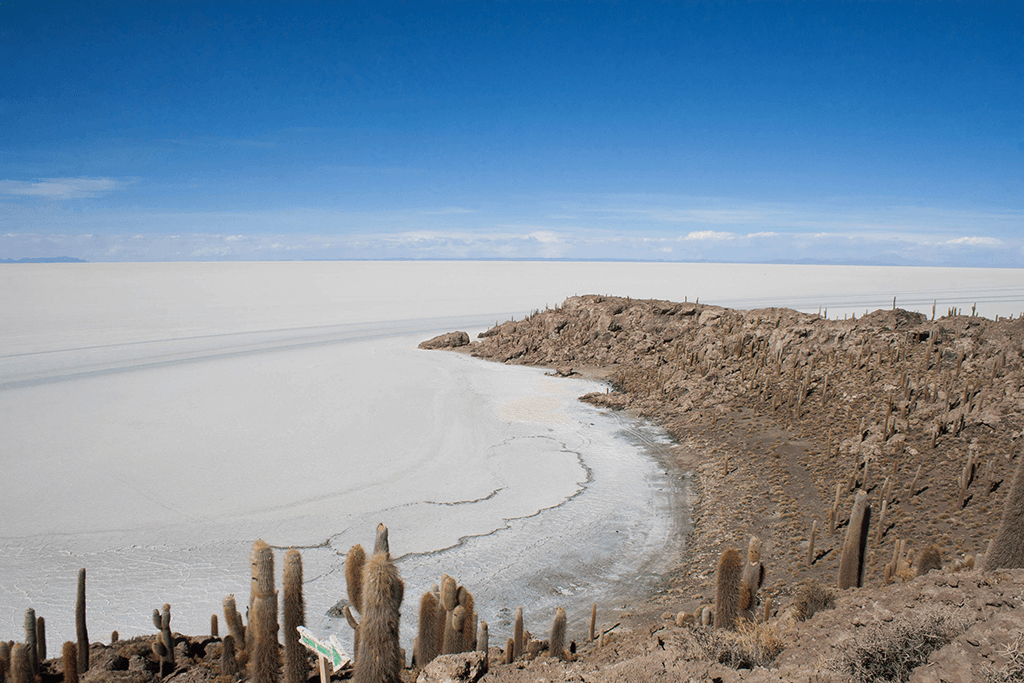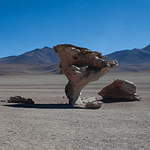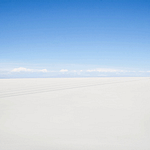In the heart of ancient Aymara lies a place where the sky meets the earth. The place where nature is a perfect sculptor who shapes the landscape in a such way. That it is difficult to deny the intervention of magic. During the dry season it is a perfectly flat. White surface of salt with a lunar scenery. In the rainy season, the water turns the desert into an endless mirror. Where sky looks in creating an illusion of suspension in the space. This space also absorbs us when we look at our own reflection in the water, or we want to grab the clouds above us.
ENCHANTED IN STONE
A legend says that the mountains surrounding the Salar de Uyuni are enchanted in the stones giants: Thunupa, Kusku and Kusina. In the past, Thunupa was a beautiful woman who married Kuksu. However, the husband proved unfaithful and betrayed his wife, escaping with his lover named Kusin. Thunupa couldn’t accepted the fate that she was alone with her little son, and she sinked into despair. Her flowing tears mingled with the milk that fed the baby, creating a huge lake. When the water evaporated under the influence of sun light. Salar de Thunupa was created, as it is called by Indians Aymar. The dormant volcano of Thunup is an object of cult for the indigenous people of Bolivia who venerate the mountain with the greatest reverence. The Aymara Indians live on the northern edge of the Salar de Thunpu, while in the south you can see the Qeczua people. They earn their livelihood by breeding lamas, alpacas and trading salt.

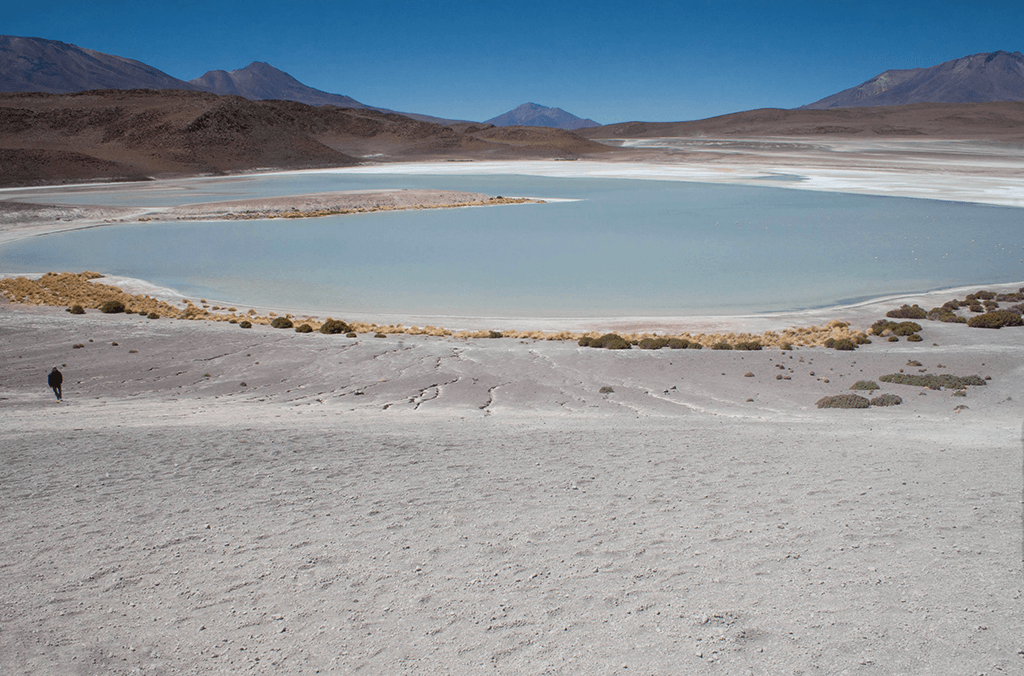
In prehistoric times, Bolivia was covered by the gigantic Lake Minchin which, as a result of climate change, dried up. The legacy of Minchin can be admired in the form of several smaller lakes and colorful lagoons. Salar de Uyuni is the largest legacy of a prehistoric lake, because it creates the largest lake (rainy season) and at the same time the salt desert (dry season) in the world. Situated on the vast plateau of Altiplano in Bolivia, it covers an area of 10,582 km². Altiplano is a plateau that was formed during the rise of the Andes. Salar in Spanish means flat salt. Uyuni in Indian language Aymara means pen (housing). So in the free translation it means flat salt. Where the housing can refer to the “island” on Salar.
PLENTIFULNESS OF MINERALS
Salar de Uyuni has rich mineral deposits in the form of lithium, potassium, sodium, magnesium and borax. It is estimated to contain about 10 billion tons of salt, of which 25,000 tons are extracted annually. In addition, the brine that is below the surface is extremely rich in lithium deposits of which 50% of the world’s reserves. Lit is a very valuable ingredient that has various uses in the industry. We can find it in glass and ovenproof ceramics, used in aviation or used in lithium-ion batteries or mobile devices.
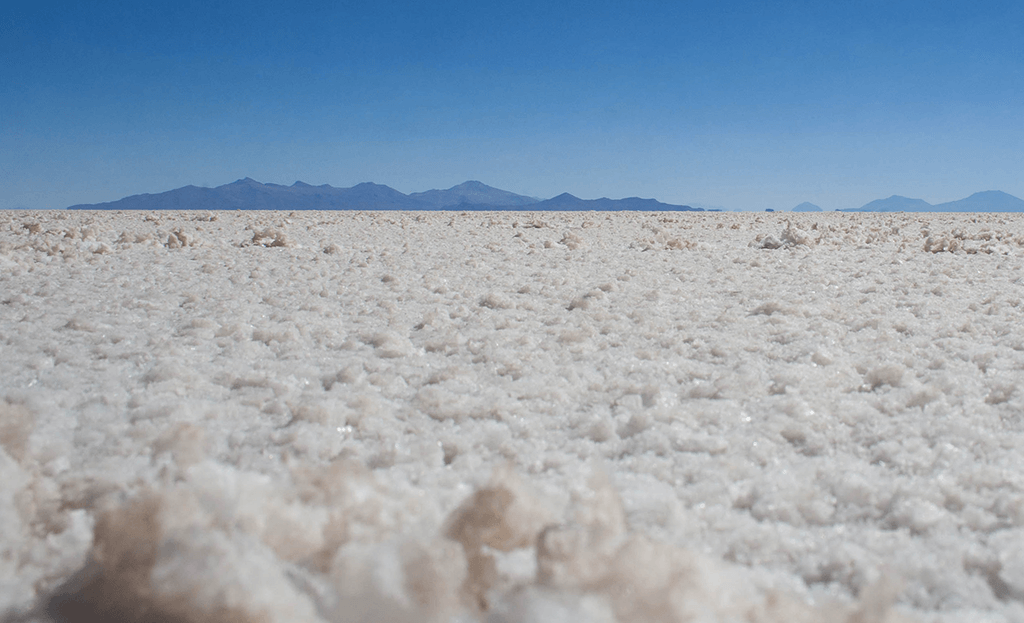

Despite such rich deposits, you will not find any foreign mining companies in Salar de Uyuni. Currently, in Colchani operates the only mine in the region, where the extraction is manual. The mine mostly employs local people who, despite poverty, do not want any specialized equipment in the area. They think that money will not flow to the local community but to foreign companies. The Bolivian government also upholds this position, blocking the possibility of foreign investment. It accuses the companies that they are not interested in building factories that would give jobs, but only in the extraction of raw materials, whose processing and usage (such as the construction of batteries) would take place abroad. The Bolivian government intends to build its own refinery of lithium.
TRAIN CEMETERY
3 km from the center of Uyuni is a cemetery of historic trains. Why such attraction in the salt desert? The city has historically served as a distribution center for mineral trains to ports in the Pacific. Railway lines were built in the 19th century by British engineers. Thanks to the development of transport, the city was supposed to enrich and create a large Uyuni community. However, the Aymara Indians had differed opinion and sabotaged the construction of the railroad. As a result, the final mineral resources were exhausted and with them the transport. Companies that closed their factories abandoned their trains, which created the cemetery.

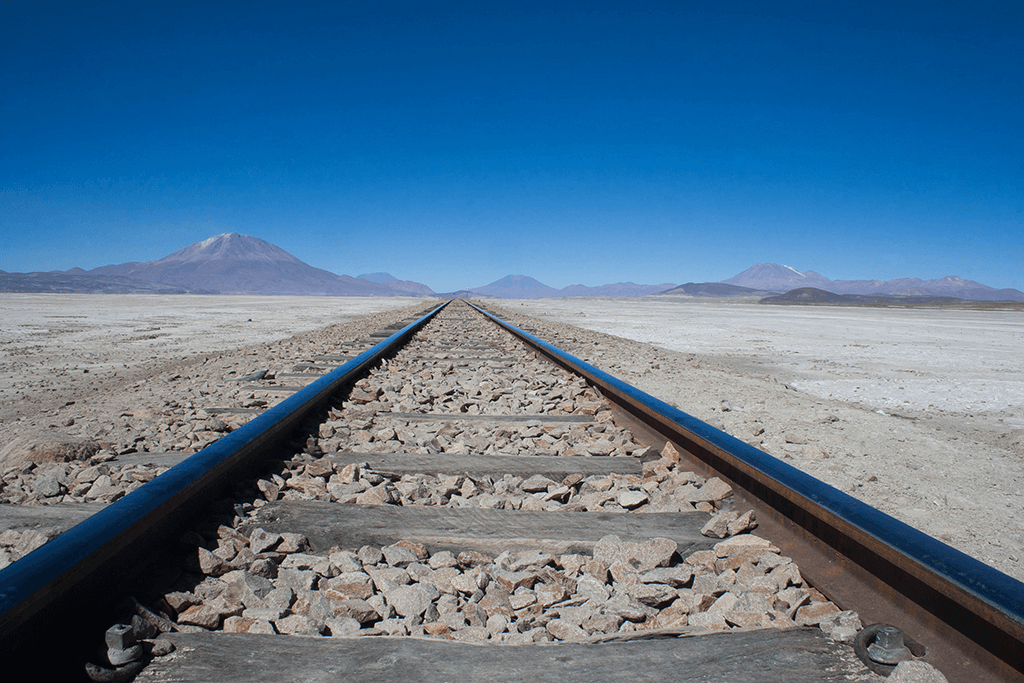
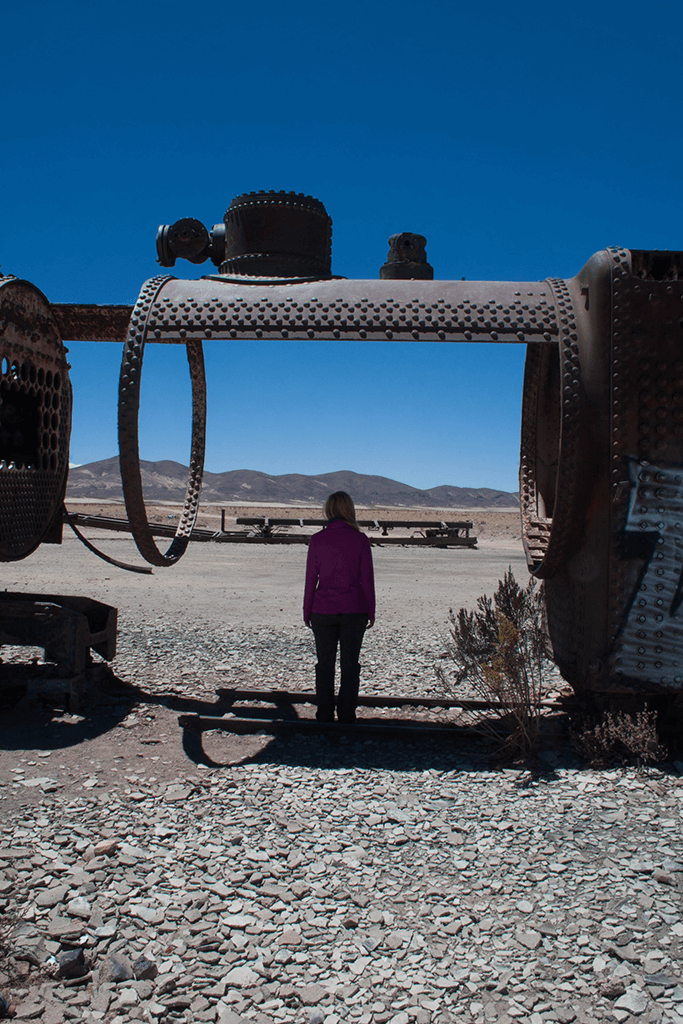
INCAHUASI ISLAND
In the heart of the white sea Salar emerges “island” which is remnant of the ancient volcano of prehistoric times. The island is called Incahuasi. The Inca ruins of two buildings were discovered there, probably that why the Quechua Indians call the island “Inca” (Inca=Home). On the rocky hill rises the forest of huge cacti. Among them we can find ones that count 1000 years or are 4 meters high

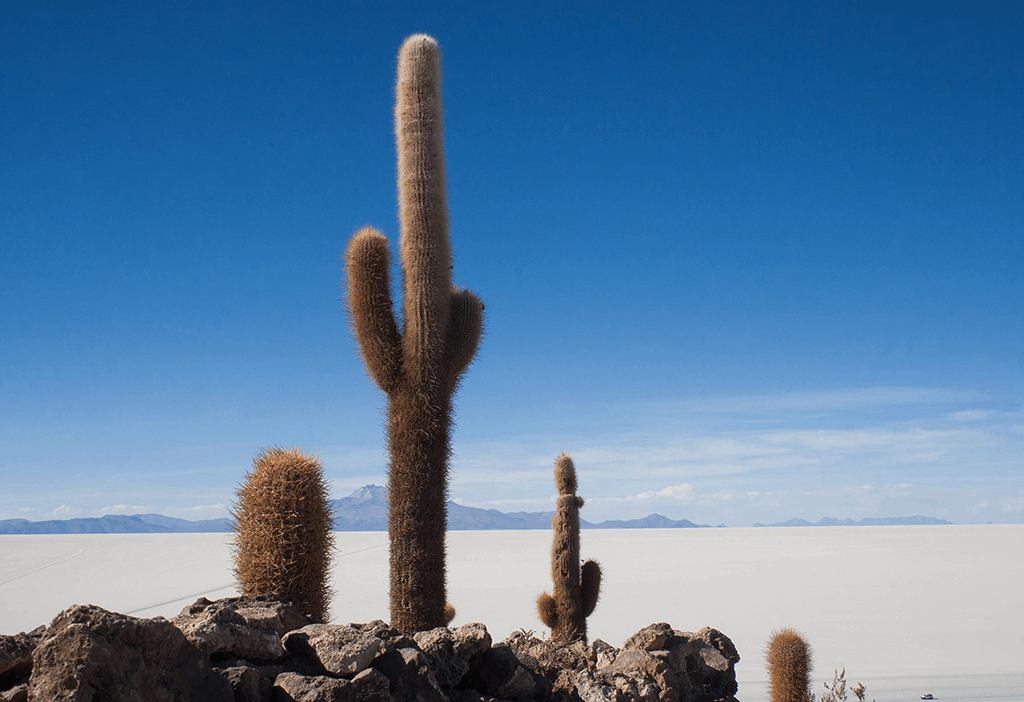

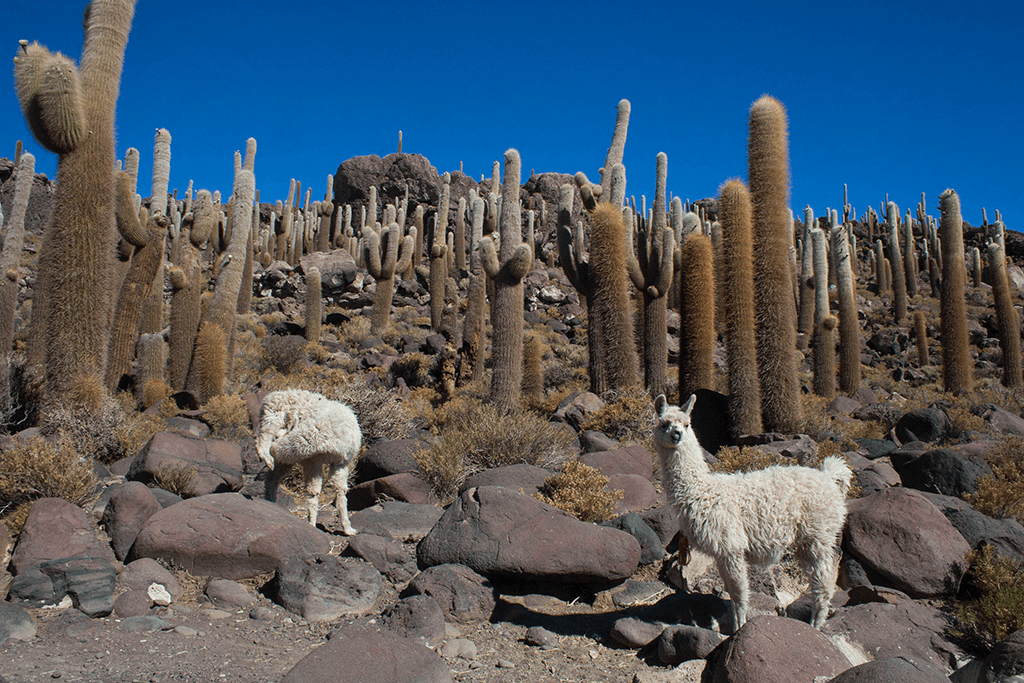
DAKAR
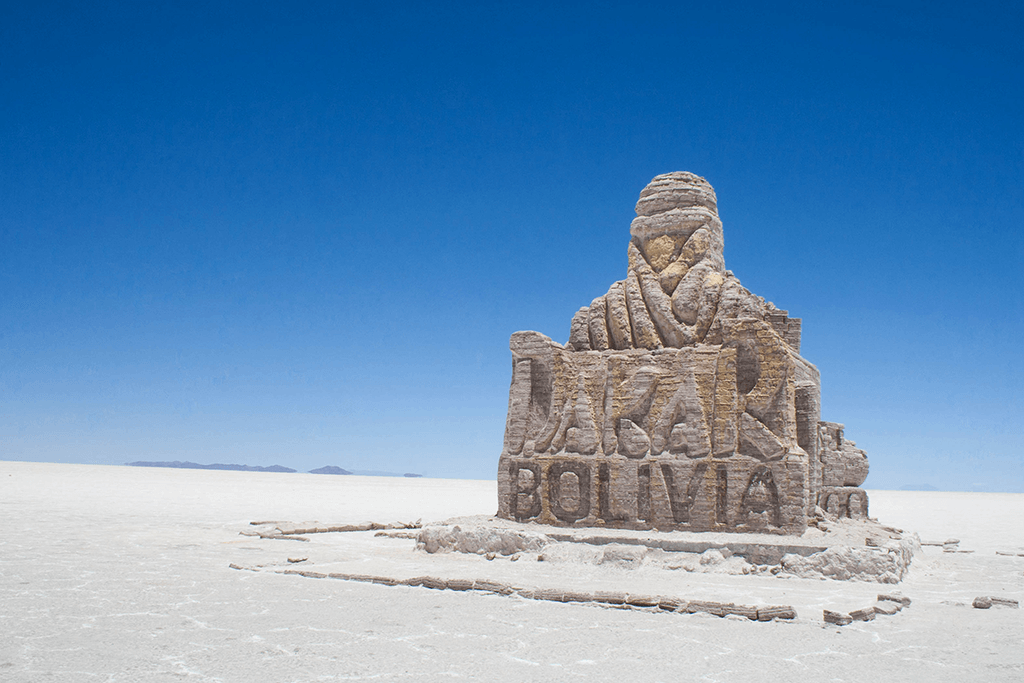
In 2014, for the first time, the Dakar organizers carried out one of the steps through the Salar de Uyuni. The Bolivian government has prepared the entire tourist infrastructure for this special event. The main objective was to entertain the organizers to return to the coming years as well as to promote the miracles of nature that are on the Bolivian land. On the one hand, this is a great opportunity for a country who is struggling with poverty, but on the other hand, environmentalists warn that it could have a fatal impact for one of the most valuable ecosystems in the world. By reading the reports from the Dakar rallies, you can get the impression that nature does not remain indifferent and serves the participants of the rally a variety of obstacles. Heavy showers combined with caustic salt destroy electronics. As a result, most vehicles, especially motorcycles, have trouble with restarting.
